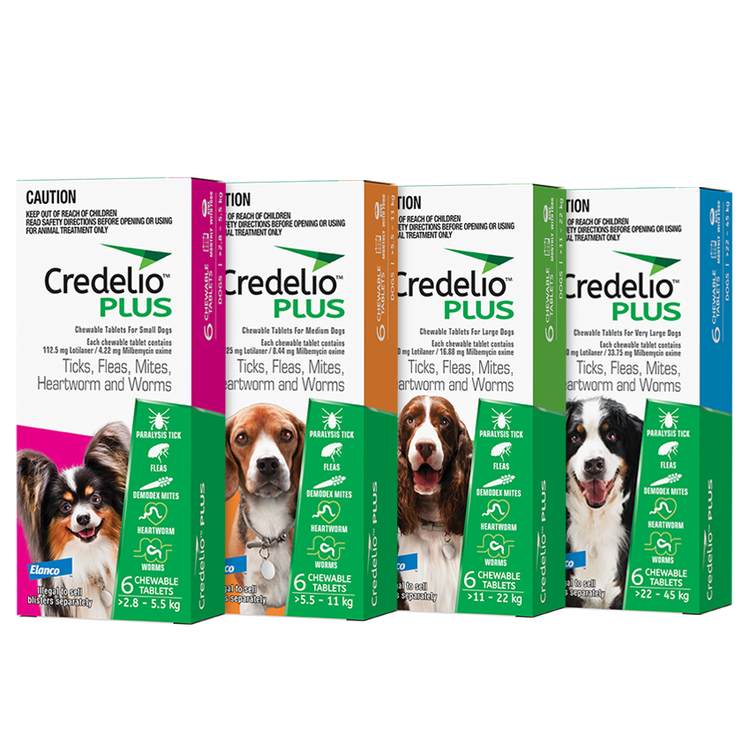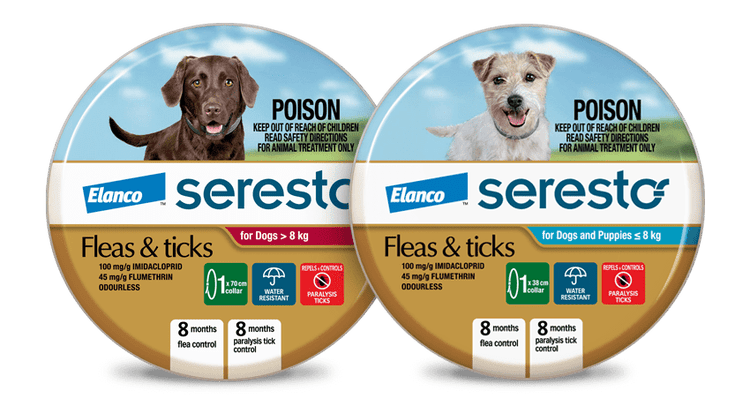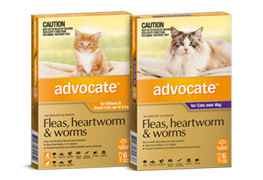Reviewed by Dr Sylvia Shortreed BVSc
Ticks are masters at hiding and can be difficult to spot if they’ve hitched a ride on your pet. Learn what ticks look like, how to check for them and what to do if you spot one.
What does a tick look like? How to spot a tick on your cat or dog
If your pet ventures outside, check them for ticks regularly using our visual guide.
What does a tick look like?
While there are more than 850 species of ticks worldwide, in general these parasites share some common characteristics. Ticks are prevalent in Australia, especially along the Eastern seaboard with paralysis ticks posing a great threat to pets. Keep in mind that tick larvae, nymphs and adults are all capable of biting.
Tick larvae are about the size of a grain of sand and look like red or black specks.
- Tick nymphs are slightly larger than larvae, about the size of a sesame seed and have 6 legs.
- Unfed adults are about the size of an apple seed, flattened and teardrop shaped. They are typically brown in colour, with a darker brown area around their mouthparts and have 8 legs.
- Engorged ticks are noticeably larger than unfed ticks – up to about 1 cm long. Engorged paralysis ticks are typically grey or white in colour and rounded.

Paralysis tick size variation fed vs unfed.
How to find ticks on your dog or cat
Regularly looking for ticks on your pet can help protect them from paralysis and give you and your family peace of mind. These tips will help you properly check for ticks:
1. Run your fingers through your cat’s or dog’s fur. Ticks, particularly well-fed ones, feel like small round bumps on the surface of the skin.
2. Check the neck, ‘armpits’, under the tail, head, around the mouth and lips, in the ears, on the feet and between toes particularly closely. Ticks can also be found in the mouth! Also check underneath collars, harnesses or other gear or accessories your pet may be wearing. Ticks may often be hidden in long coats, but they prefer to feed on areas where it’s easier to get close to the skin.

Image of a feeding tick.
Note: Usually by the time you spot a tick, it has already latched onto your cat or dog and is feeding, but sometimes you’ll find an unfed tick wandering across the surface of your pet’s fur, looking for a place to feed.
3. Occasionally, people mistake a small skin lump on their pet for a tick. If you suspect one of these lumps is a tick, look closely; if you can see legs, this lump is a tick. If you’re unsure or worried about your pet, take them to get checked by your vet.
What to do if you find a tick on your cat or dog
If you find a tick on your pet, don't panic, and don’t pull it off with your fingers. There’s no need to stress out your pet, and the last thing you want to do is squeeze or break the tick off while it’s feeding.
Read our guide to safely removing a tick from your cat or dog, and take appropriate steps to protect your pet against ticks since prevention is much easier than treatment of tick paralysis. Check out Elanco’s tick preventative products for dogs and cats here, including our popular products Credelio™ PLUS for dogs, a chewable tablet that protects against ticks, fleas, heartworms, worms and mites, and Seresto™ collars for dogs and cats, for long-lasting, waterproof and odourless protection against fleas and ticks.
Always read and follow label instructions.

Advocate for dogs
Advocate provides fast relief from fleas, prevents deadly heartworm and helps protect your dog and your family from most intestinal worms

Credelio™ Plus 4 in 1 protection in the smallest chew
Keeps your dog protected from ticks, fleas, demodex mites PLUS heartworm and intestinal worms.

Seresto collar for cats & dogs
Seresto provides long-lasting flea protection for cats and dogs for 8 months, and tick protection for dogs for 4 months





